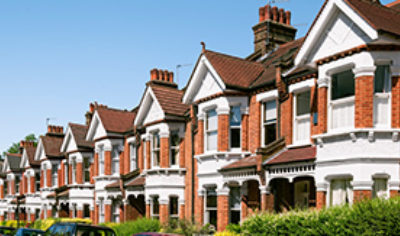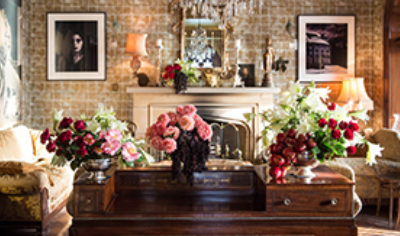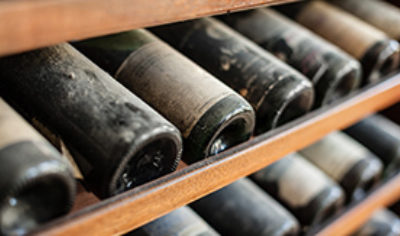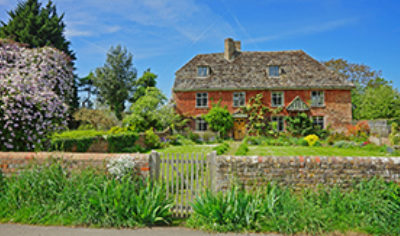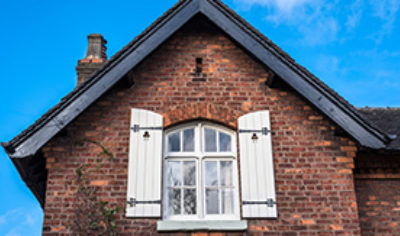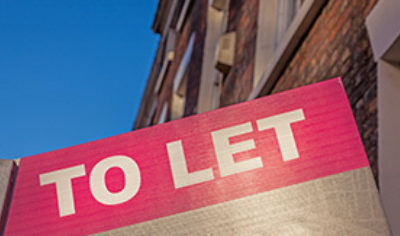UK’s Top 20 Historic Listed Buildings: Buckingham Palace
History – This palace is probably the most photographed Grade 1 listed Building in the world and is currently the London home to the reigning monarch. It has probably the most famous and easily recognizable façade of any palace and everyday thousands of visitors peer through the iron railings to catch a glimpse of the changing of the guard ceremony. Buckingham Palace currently has 775 rooms. These include 19 State rooms, 52 Royal and guest bedrooms, 188 staff bedrooms, 92 offices and 78 bathrooms. The palace itself is 108 meters long across the front, 120 meters deep (including the quadrangle) and 24 meters high. The total floor area of the Palace, from basement to roof, covers over 77,000 square meters. Within the palace itself you can find 1514 doors and 760 windows.
Queen Elizabeth has many Royal residences at her disposal but this building originally much altered over the last several hundred years is her London home and you can tell when she is in residence as her flag is flown from the mast situated above the balcony where many historical events have occurred. As well as being the Queens London home Buckingham Palace performs many other functions, it is the administrative headquarters of the Royal Family and plays host to many official functions, banquets and ceremonies as well as being open to the public for part of the year. The Prime Minister, government ministers, civil servants and various heads of state all visit the building in both a working and social capacity. Present estimates are that in excess of 50000 people each year visit this working home.
The monarchy’s association with living in a property situated in this location goes back to the time of Henry VIII who decided to acquire a building that was the former home of Cardinal Wolsey. He later moved to the site which is now St James Palace and developed the area to include parks and lakes. It was Lord Goring of Hurstierpoint that first constructed a property at the now site of Buckingham Palace in approximately 1640, this was the forerunner to the grand palace that is there now and this property passed through many hands until it came in to the possession of the Duke of Buckingham.
The Duke of Buckingham it is said was a suitor of Queen Anne and in an effort to impress her he decided to alter the existing structure after she had given him a parcel of land in the area including the land on which the building currently stands. Situated at the end of the long carriageway known as the mall, the house was deemed to be the finest in London. Caen stone was used in the construction work, a material that was usually reserved for important religious buildings. After his death, George II tried to buy it without success, however his successor George III met with more success and in 1762, he acquired the premises for £28000 and the building became a royal property for the first time.
George gave the palace to his wife to use as a London residence and it became known as the Queens House but it wasn’t until the reign of Geoge iV that much of the remodelling work took place. George employed the services of John Nash, the for most architect of the time to help turn the building in to the famous palace we see today. Nash had previously worked for royalty on the pavilion at Brighton and George managed to secure from parliament a sum of £150,000 to go towards the redevelopment work. The project was vast and at one time Nash was overseeing over a 1000 workmen who were busy re-facing the building in Bath stone. At the same time, the North and South wings were completely demolished and rebuilt.
Today, the rooms which are known as the State and semi-State Rooms remain virtually unchanged since Nash’s time.
Alas Nash’s remodelling work as deemed too extravagant for the tastes of the day and he was eventually sacked as architect by the new King William IV. William hired Edward Blore to continue the work in a more sedate fashion but he grew to dislike the building and never actually moved in. By the time Queen Victoria was crowned, the cost of works had increased to over £700,000 but the queen loved the building and set up home there. She expanded the property again added the ballroom which at 122 feet long was deemed suitable for grand entertaining. Today, this room is still in use for such occasions as state banquets. The Queen had a new wing added to the building and the former entrance to the palace was moved top it’s present location at Marble Arch.
After the death of Queen Victoria, Buckingham Palace was finally remodeled in to the building that we all recognize today. In 1911 the familiar forecourt and the wrought iron railing were added as was the Queen Victoria memorial situated immediately in front of the main gate. Finally in 1913 the building was faced with the white Portland stone by Sir Aston Webb. This was one of the first acts of conservation carried out at the palace to protect it, the stone formally used had decayed through pollution alas a factor that effect all our historic buildings particularly ones that are situated in cities.
Since this time, minor works have been carried at the property towards it’s conservation and upkeep. During the war, the palace suffered much damage from bombing action, it was hit directly, no less than nine times and some parts were completely destroyed. A chapel that had been converted by Queen Victoria from Nash’s’ conservatory was one part that suffered extensive damage. Prince Philip oversaw it’s rebuilding in to the Queens gallery and this part has seen much on going renovation work.
Today Buckingham Palace stands not just as the home of the monarch but a valuable historic grade 1 listed building that needs to be preserved for future generations to enjoy.
This article was written by Assetsure- a provider of Listed Building Insurance.





